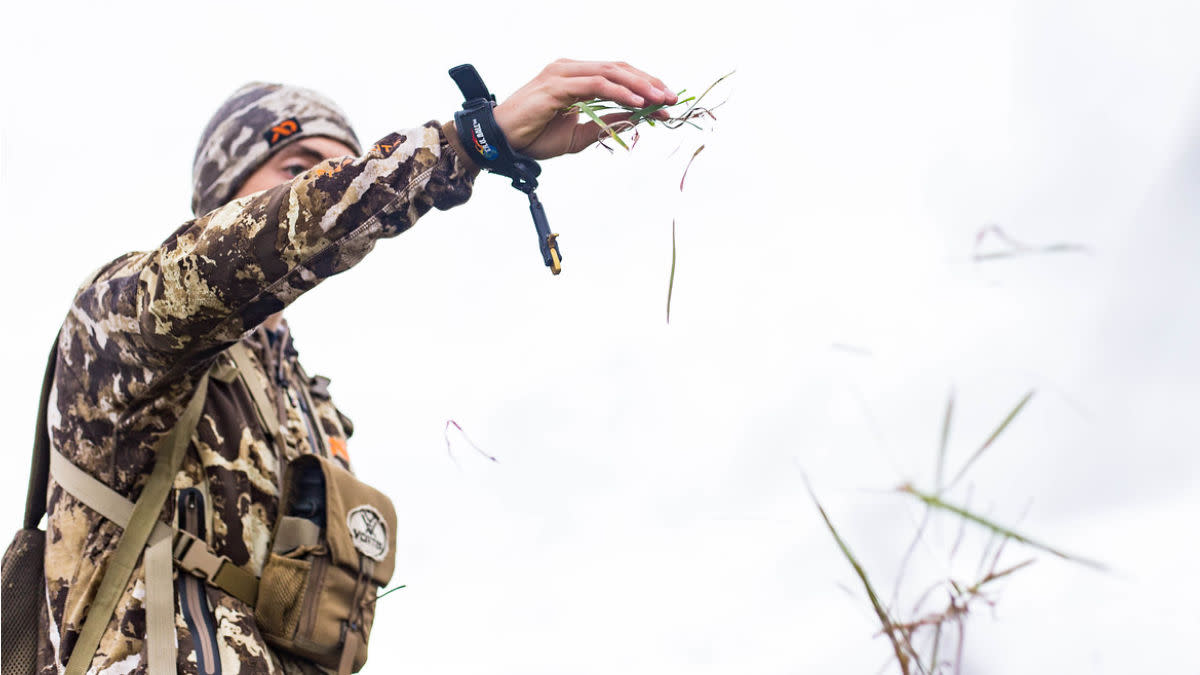
If there’s any one thing that connects the most consistently successful whitetail hunters I know, it’s a strong focus on scent control. A whitetail’s nose is its best defense mechanism. For that reason, the smart hunter will do everything possible to control the scent he brings into the woods.
Can you fool a deer’s nose 100% of the time? Absolutely not. But a detail-oriented strategy can help you get away with more than you would otherwise. It may buy you an extra 10 seconds with a deer in range, or allow a deer to get those 5 yards closer. When it comes to consistent deer hunting success, especially with mature bucks, every little bit matters.
Scent Control at Home
I take a shotgun approach to scent control, meaning I do a little bit of everything. It’s hard to weigh just how effective any one of these steps is in reducing my odor, but I believe that if every step in this process helps me gain even an extra 1% advantage, it can add up to a real difference. For that reason, I start my scent control well in advance of any actual hunt.
The first step is to wash all of my hunting clothing in a scent-free laundry detergent. Once dried, I immediately transfer the clothing to a sealed plastic tote and transport that container to the truck or barn.
Prior to each hunt, I’ll address my body odor as well. I like to shower at least once a day with a scent-free soap and shampoo, and then use a scent-free antiperspirant when I’m finished. A well-brushed set of teeth is important too, as the mouth is a prime source of human odor. Eating an apple can help naturally neutralize mouth odors.
Scent Control Before the Hunt
My clothing remains in storage until I’m heading out to hunt. I don’t get dressed until I’m at my hunting destination, keeping my clothes from being contaminated with offending odors in the house, truck, or other buildings. Standing outside of my truck, I’ll evenly spray down each article of clothing with a scent-eliminating spray designed to combat bacteria and other odor creating agents.
Finally, I’ll spray a vanilla extract cover scent on the bottom of my boots to help mask the scent that I’d normally leave along the path. Taking time walking to your hunting location can help control scent, as a slower pace should reduce perspiration. Odor-neutralizing clothing such as merino wool also helps.
Scent Control During the Hunt
Once I’m in the tree, I’ll apply a small amount of the vanilla cover scent to the base of the trunk and then head up. At this point I’m ready to hunt. Of course, I’m also positioning myself in relation to the wind direction—both during entry/exit to the stand and while hunting—to reduce the chances of deer coming downwind of me. But deer are wild animals, and inevitably some will circle to your downwind side. This is when your scent control efforts pay off.
The final step in my scent control process is the use of a small ozone generator. This device emits ozone particles, which bond with and mask the human scent molecules they come into contact with. I use a similar device in my totes to eliminate scent on my clothing prior to hunts as well. Using this kind of technology is certainly not necessary, but it might help.
While this level of attention to scent control might seem laughable to some, the results back it up. Do you need to do it all? No. But if you’re committed to filling a deer tag, why not do everything you can to position yourself for success. There are a million variables during a deer hunt that you cannot control, but your scent control process is one you can.
Feature image via Captured Creative.








Conversation